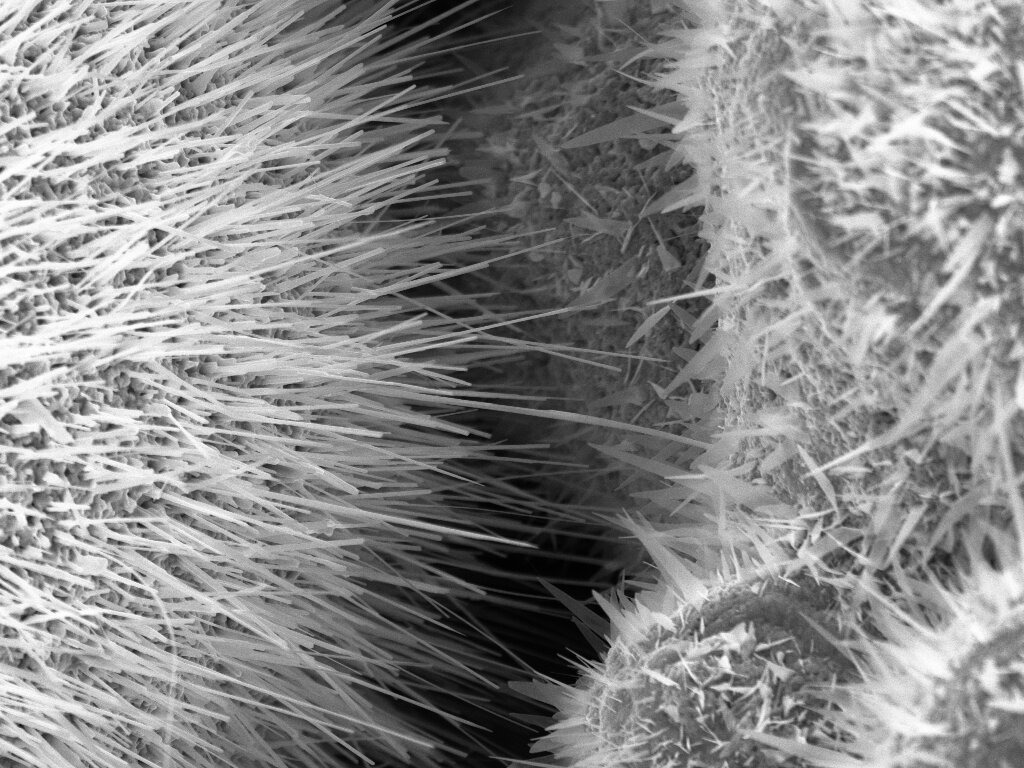3-D printed sensors could make breath tests for diabetes possible
Date: 27.3.2020
The production of highly sensitive sensors is a complex process: It requires many steps and the almost dust-free environment of special cleanrooms. A research team from Materials Science at Kiel University (CAU) and from Biomedical Engineering at the Technical University of Moldova has now developed a procedure to produce extremely sensitive and energy-efficient sensors using 3-D printing. The simple and cost-effective production method is also suitable for industrial production.
 Their sensor, which they Leonard Siebert present here, is able to precisely measure the concentration of acetone vapor using a special structuring at the nano level. As the acetone concentration in the breath correlates with blood sugar levels, the research team hopes to have made a step towards producing a breath test for diabetics that could replace the daily checking of their blood sugar levels by finger pricks.
Their sensor, which they Leonard Siebert present here, is able to precisely measure the concentration of acetone vapor using a special structuring at the nano level. As the acetone concentration in the breath correlates with blood sugar levels, the research team hopes to have made a step towards producing a breath test for diabetics that could replace the daily checking of their blood sugar levels by finger pricks.
The special surface of the new sensors is visible under a high-resolution electron microscope: molecules of gases like acetone are particularly easily entangled in a thicket of nanowires around just 20 nanometres in diameter. The nano-wires/spikes increase the size of the sensor surface and so create its high level of sensitivity.
"To make this special structure we heat simple microparticles of metal until numerous fine nanowires and nanospikes form on them. With a specially developed ink we can apply these particles with precision to various surfaces using a 3-D printer." said, explaining what is known as "Direct Ink Writing."























